How to Spot Poison Ivy Before It Spots You + How to Treat a Reaction
7 minute read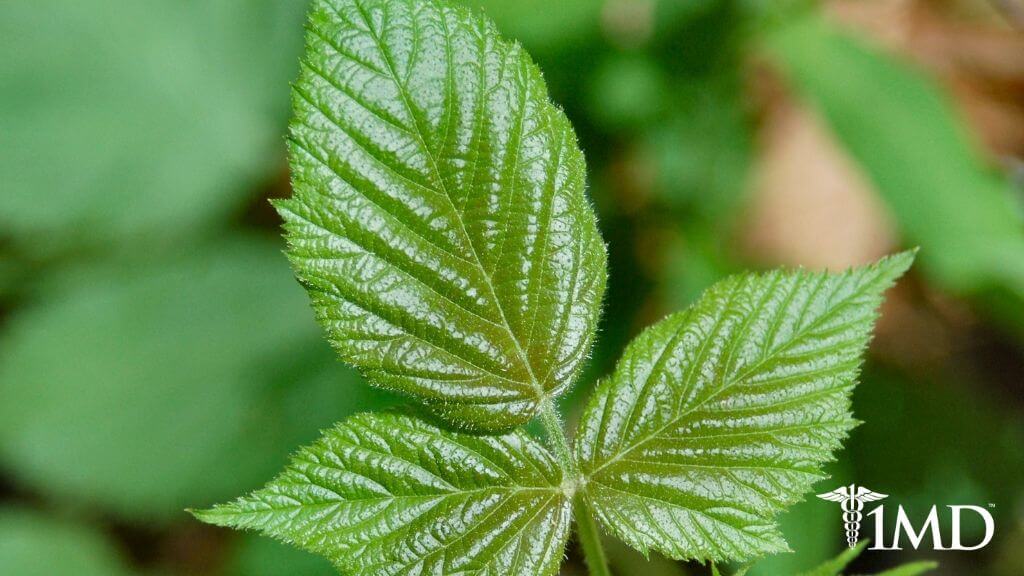
When it comes to treating poison ivy, your immune system has to work its way naturally through the allergic response. Identifying and avoiding poison ivy is the best way to protect yourself, but there may still be cases where you end up with a rash.
With that in mind, there are steps you can take to reduce the severity of the symptoms, so you can get through the ordeal more comfortably.
Spotting Poison Ivy Before It Spots You
It is the oil in the poison ivy plant that causes the reactions and rashes. Urushiol is the chemical in the oil that triggers your immune system to respond with inflammation.
Avoiding contact with the oils is tricky because the plant can take many forms and is found in different environments. You may be familiar with the warning that leaves of three should be left alone, and while this is true, those leaves can be any number of shapes.
Poison ivy leaves can be smooth, jagged, or even have lobed edges. As the plant matures, the vines can climb trees and mimic their shape, thus becoming more innocent looking and hard to recognize.
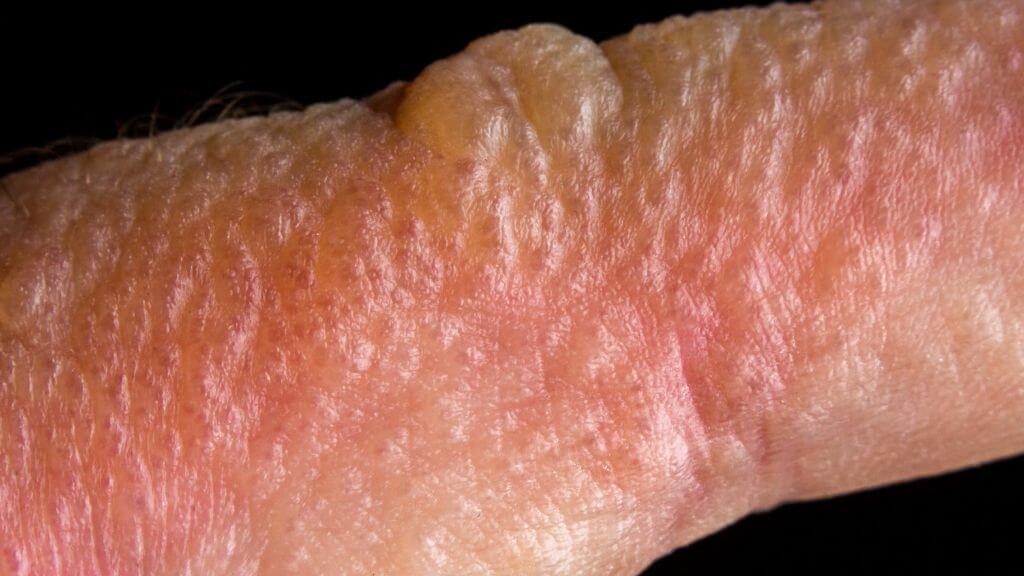
It is important to learn the different shapes and forms that poison ivy can take to avoid contact. The plant can grow in vine form or as a bush, and you can find it in forests and wooded areas both on the ground and wrapped around other plants and trees.
While you may successfully avoid poison ivy, your pets may not. They are not able to identify the difference between harmful and safe vegetation, so they will likely go roaming and running through anything. If you suspect that your pet has gone wandering through areas where you have seen poison ivy, be sure to give them a bath immediately, and use gloves when washing them. The oils can be trapped on their fur and transferred to you if you are not careful.
What to Do After Contact With Poison Ivy
There may be some cases where you don’t spot the poison ivy in time, and you come into contact with the oils. If this happens, do not panic, as there are several things you can do to help you through the reaction.
Wash Immediately
After you have been exposed to poison ivy, wash your hands and any other body part that was exposed right away. You need to use warm water and a strong soap in order to remove the oil that causes the reactions. This will lower your risk of even developing an immune response in the first place.
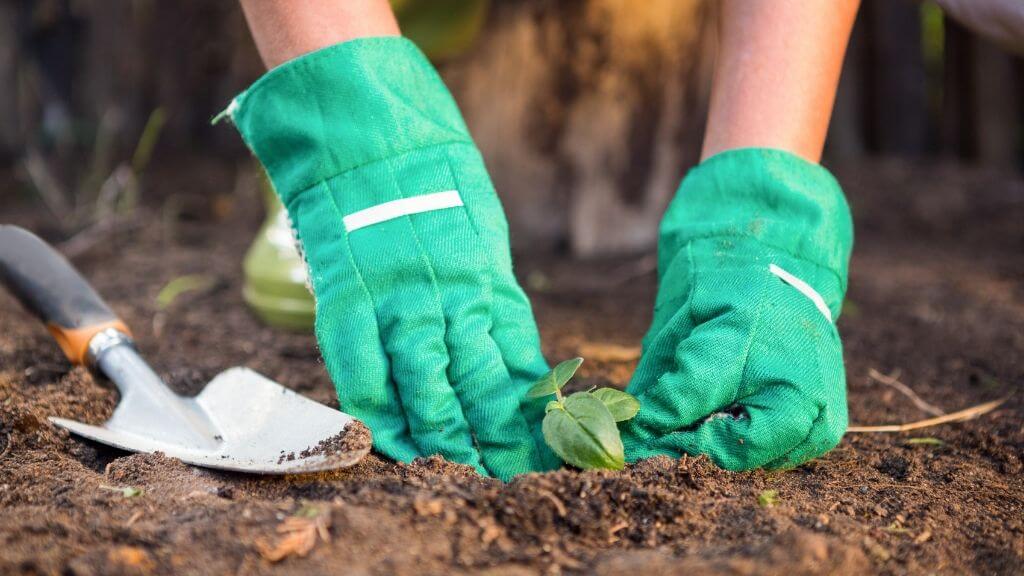
The longer the oil is on your skin, the higher your risk is for developing a reaction. Be sure to wash under your fingernails too, and do not use a washcloth as the oils can easily transfer there and wait to infect another person.
Wear Gloves
Whenever you are outdoors gardening or in nature, you should wear gloves. It is important to wear thicker gardening gloves because poison ivy oils can penetrate latex gloves.
After any outdoor session, you need to wash the gloves thoroughly and wash your hands just in case any of the oils go through to your skin. This immediate and thorough washing also applies to any socks, clothing, or shoes that may have also been exposed to the poison ivy during your outing.
It is also a good idea to wash any surface that you may have touched with the gloves or clothing while you were wearing them.
Cool Compress
Applying a cool compress to affected areas can help bring relief to itching and burning skin. This is even more effective when you add essential oils like lavender to the compress.
| Related: Health Benefits of Lavender & How to Grow It |
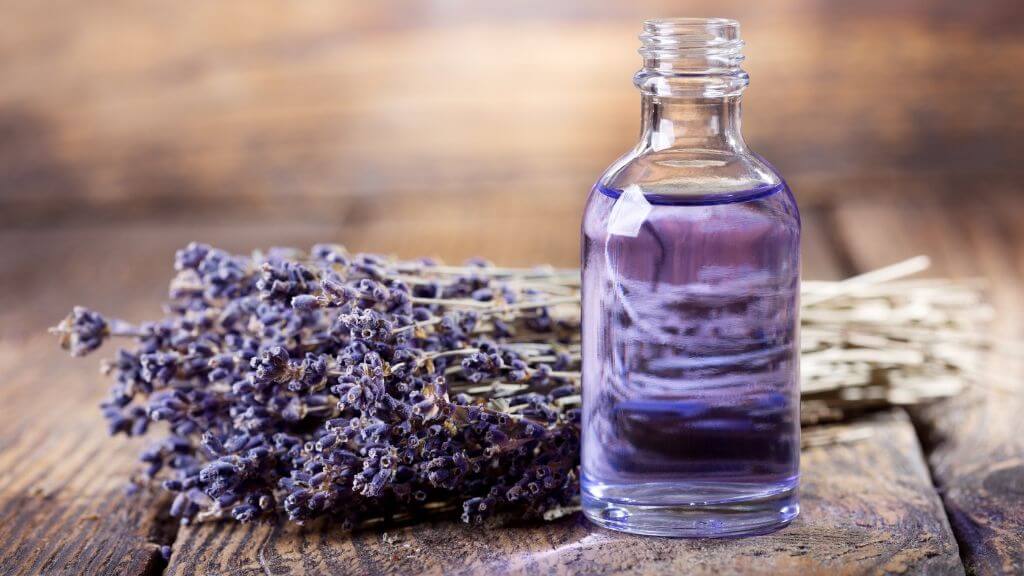
A damp cloth wrapped around the ice and applied to the affected areas for twenty minutes is effective, and this can be done several times throughout the day as needed. Other ideas for compresses include chilled black tea and apple cider vinegar, both of which work to reduce the activity of inflammatory chemicals.
Anti-Itch Medications
Poison ivy causes unbearable itching, and while scratching will not cause the rash to spread, it can make it more uncomfortable. Scratching the areas will increase irritation.
To help avoid scratching, apply anti-itch ointments, and use natural antihistamines to reduce inflammation and irritation. Doctors also prescribe steroids to help relieve swelling and itching.
Natural Options
There are also natural compounds available that have been found to successfully ease itching and reduce the irritation caused by poison ivy rashes.
♦ Echinacea: As a supplement or a tincture, this compound helps to reduce histamine reactions. Echinacea is best when mixed with water and applied to the affected area as a cold compress a few times per day.
♦ Oatmeal: Colloidal oatmeal or regular oatmeal can be used to soothe itching skin affected with poison ivy. Soaking in a bath with oatmeal will relieve the burn caused by poison ivy blisters. The phenols, along with other compounds in oatmeal, are anti-inflammatory agents that reduce pain and relieve itchy skin.
♦ Essential oils: Along with lavender, there are a number of essential oils that work to soothe effected skin. Geranium rose, and helichrysum all possess anti-inflammatory properties and can help relieve itching and pain. Add a few drops of your chosen oil to a cold compress and apply to the skin a few times each day for guaranteed relief.
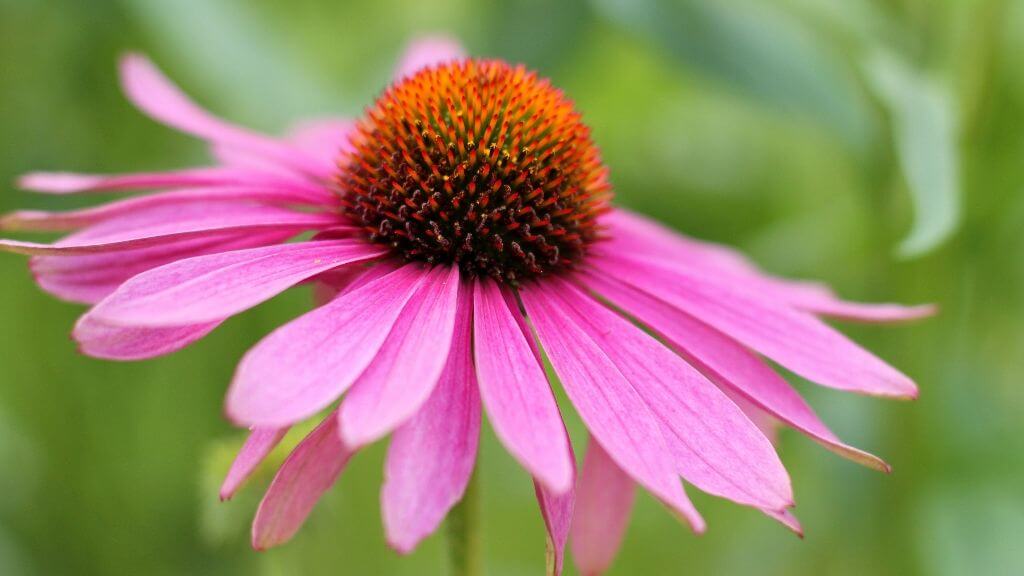
The Bottom Line
Poison ivy is more of an irritation than a threat to your health. The reaction and rashes can cause intense itching, burning, and irritation. The key to preventing this is to identify poison ivy so you can avoid it.
The good news is that should you accidentally come into contact with it, you can still treat it. The rashes do go away with the right treatment options, and with the tips above, you can certainly reduce your irritation and get through the natural immune reaction as comfortable as possible.












